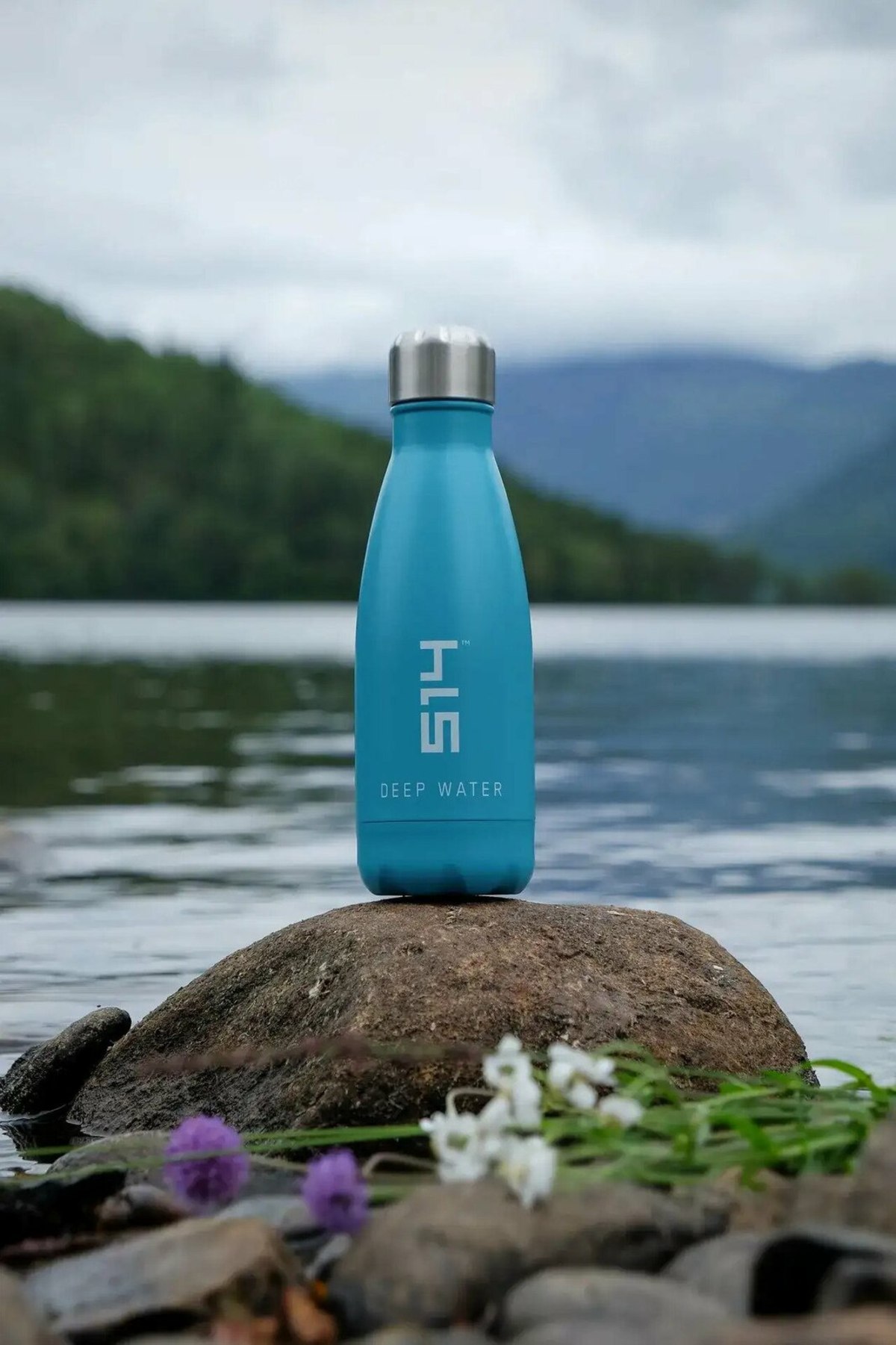
Overhydration - It's a Thing!
by Sydney Dixon, DPT, ATC - Physiolete Therapy and Performance Fellow
February 1, 2022
Are you running or walking in a long-distance race soon and wondering how you should hydrate? Many runners and walkers know that they need to drink water before and during long distance races to avoid dehydration, however, many do not know about the risks of overhydration, including hyponatremia.
Overhydration is a condition in which the body contains an excessive amount of fluids, this can in turn cause hyponatremia. Hyponatremia is a severe condition where there is abnormally low levels of sodium in the blood, if not treated properly and promptly it can actually be life-threatening!
To hydrate, but not to overhydrate...how do you find your happy-medium when it comes to hydrating for a long distance race?
The first step is knowing the risk factors for developing exercise-associated hyponatremia. The primary risk factors for hyponatremia are exercising longer than 4 hours and/or a slow running pace (greater than 18-minute mile pace for a Half Marathon or greater than 9-minute mile pace for a Marathon). Other risk factors include pre-exercise overhydration, abundant availability of drinking fluids at the event, and lower body weight, especially in females. (1)
The second step is knowing the signs and symptoms of hyponatremia. Early signs and symptoms include weakness, dizziness/lightheadedness, headache, nausea, and vomiting. (2) Signs and symptoms of severe hyponatremia include lethargy, seizures, and coma due to cerebral edema. (2) Dizziness/lightheadedness, headache, nausea, and vomiting are also present in athletes who are dehydrated. (3) This is a concern because if your running buddy starts developing these symptoms, your first inclination may be to give them water. This would obviously not be helpful if a person has hyponatremia. If your running buddy or someone you see on the course does develop these symptoms, contact the medical tent immediately!
The third step is knowing how to prevent exercise-associated hyponatremia. The primary way is to drink only when you are thirsty. (1) This means if there are hydration stations every mile, you do not have to get a drink from every station. Also, don't overhydrate the day before the race. Rome wasn't built in a day and neither was your race day performance. This includes carb loading, but that's a story for another blog post. (1) In conclusion, race the way you train. If you are a runner that does not drink much during training runs, then do not stop at every water station. If you are a runner who drinks a good amount during training runs, then grab water when needed. Many races publish where the medical tents and water stations will be prior to the event. Practice race day safety and look over these the week of your race!
Physiolete Therapy and Performance intends to provide information and education with the audiences health and safety in mind. The information on this website should not be used as a substitute for professional advice as circumstances vary from person to person. The information published on Physiolete Therapy and Performances website and social media is not to be interpreted as a recommendation for a specific treatment plan, product, or course of action. Exercise is not without risks as exercises listed on this website or exercise in general make result in injury. Injury includes, but is not limited to: acute injuries and/or re-aggravation of a pre-existing condition. Consult with a healthcare provider to reduce the risk of injury before beginning this or any exercise program. Information listed on Physiolete Therapy and Performance’s website is no way intended as a substitute for medical consultation. Physiolete disclaims nay liability from and in connection with this program. Remember when performing any exercise in general, if you begin to feel faint, dizzy, have physical discomfort you should stop and immediately consult a physician.
References
1. Rosner MH, Kirven J. Exercise-associated hyponatremia. Clin J Am Soc Nephrol. 2007;2(1):151-161. doi:10.2215/CJN.02730806
2. Mitchell H. Rosner, Exercise-Associated Hyponatremia, Seminars in Nephrology, Volume 29, Issue 3, 2009, Pages 271-281, ISSN 0270-9295, https://doi.org/10.1016/j.semnephrol.2009.03.001.
3. McDermott BP, Anderson SA, Armstrong LE, et al. National Athletic Trainers' Association Position Statement: Fluid Replacement for the Physically Active. J Athl Train. 2017;52(9):877-895. doi:10.4085/1062-6050-52.9.02

